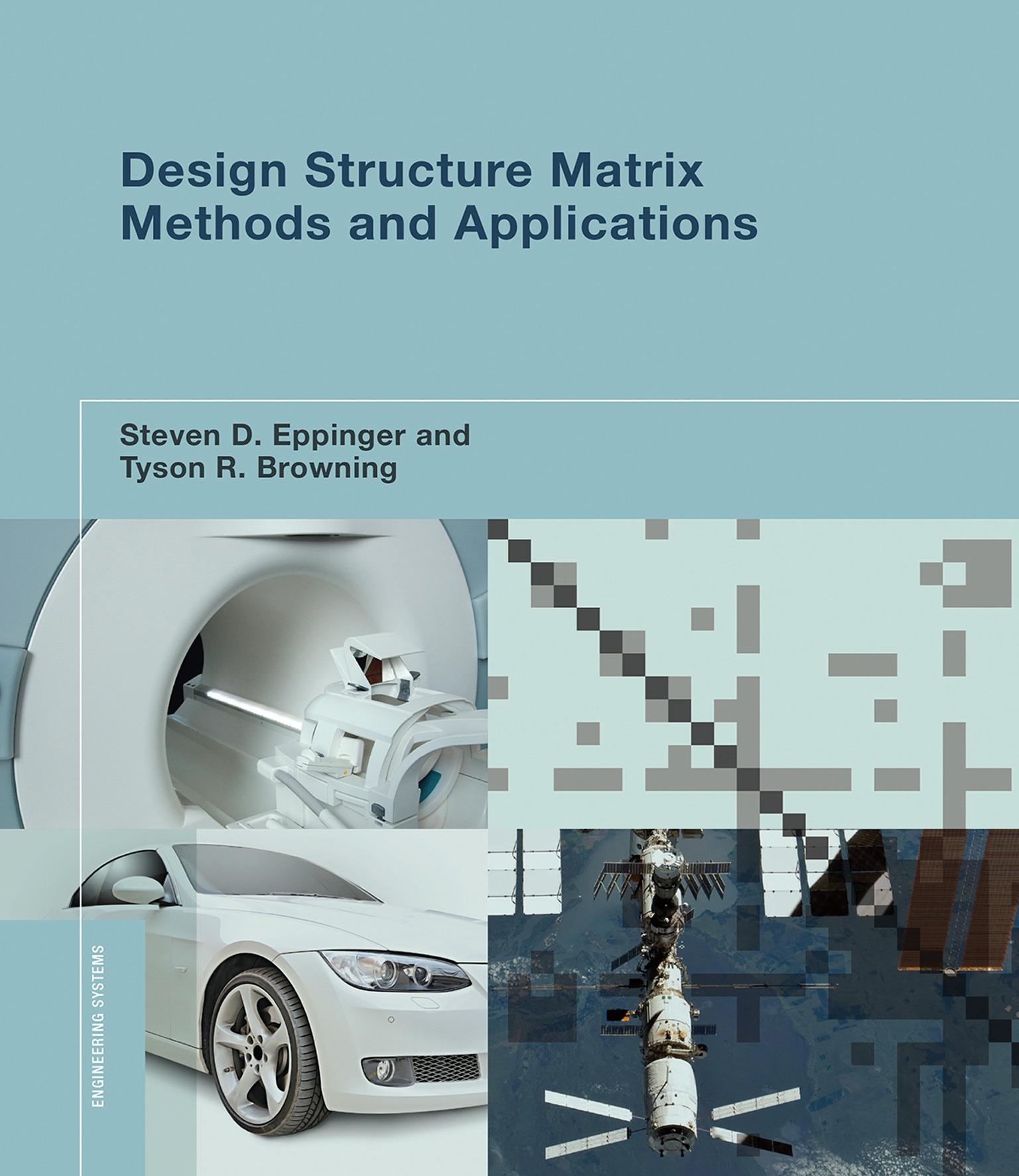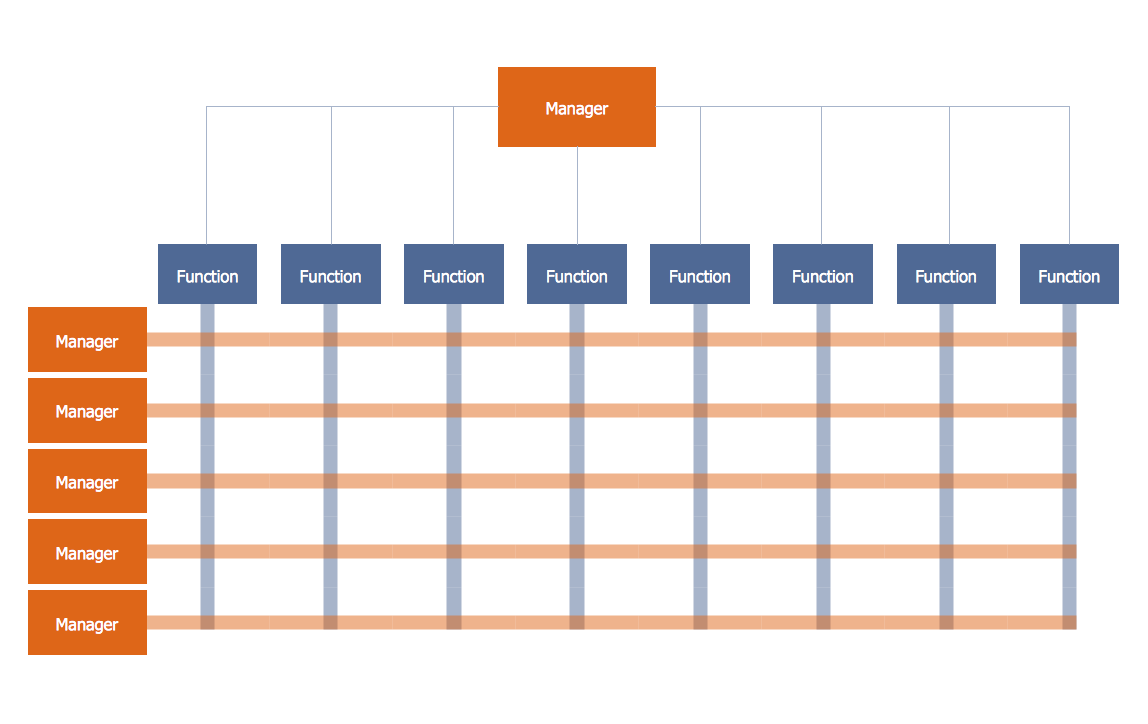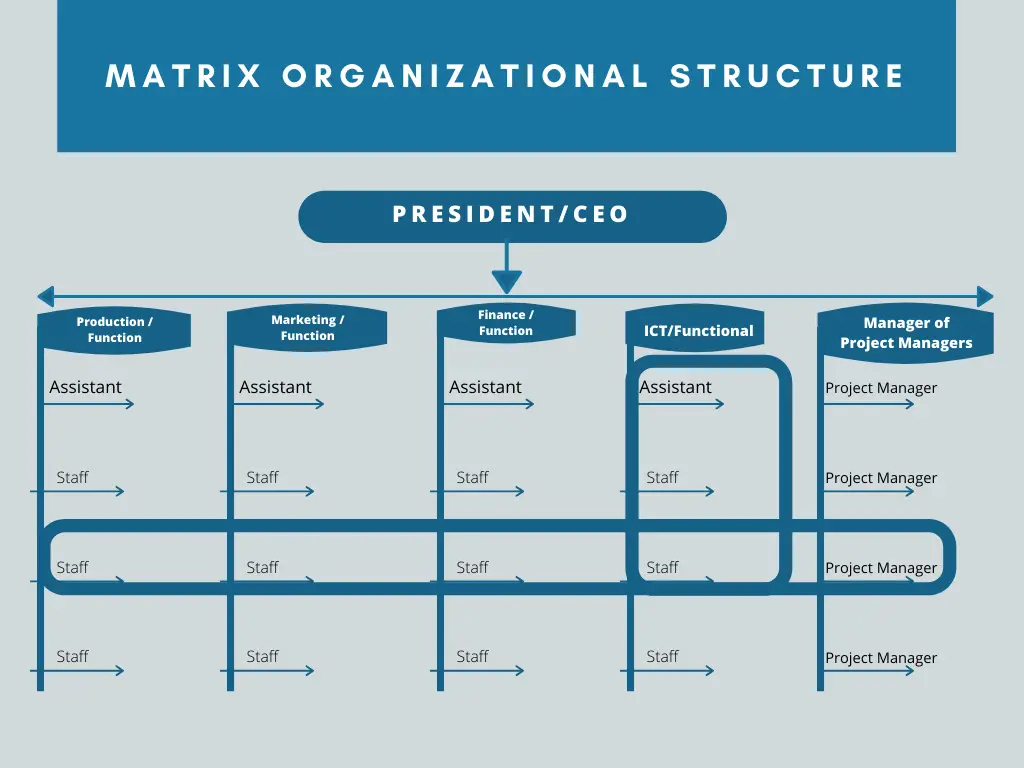Table Of Content
- How to organize an economic value model for use in pricing design
- Design Structure Matrix Methods and Applications
- DSM suite
- The Design Structure Matrix: A Tool for Managing Complexity
- A W.O.R.L.D of Learning Taking Place: Fitting a Square Peg Into a Round Hole
- Key strength 3 - Dependency pattern discovery

DSM‐based techniques have proven to be veryvaluable in understanding, designing, and optimizing product,organization, and process architectures. This article explores in moredepth how we can use the techniques developed by the design structurematrix community to improve software architecture. The XDSM (eXtended Design Structure Matrix) is a tool used to visualize MDO processes.
The Matrix: Welcome to the Machine - The American Society of Cinematographers (en-US) - The American Society of Cinematographers
The Matrix: Welcome to the Machine - The American Society of Cinematographers (en-US).
Posted: Wed, 12 Sep 2018 07:00:00 GMT [source]
How to organize an economic value model for use in pricing design
Typically, connecting “glue” services like messagingmiddleware will have high reachability. For example, atWorkiva, our linking system used to ensurecross-document consistency has a high reachability. In this section, we provide different tutorials and use cases to help you understand matrix-based methodologies such as DSM and other.
Design Structure Matrix Methods and Applications
The datum in row i and column j of this matrix would be the answer of the i th person to the j th question. Sequencing re-orders the rows of a DSM to minimize the number of cycles.Intuitively, if we minimize the number of cycles in a process, we alsominimize the number of dependencies between steps, resulting in a moreefficient overall process. The first heuristic for obtaining a goodsequence is to find an ordering that minimizes feedback loops.
DSM suite
After this algorithm converges to a steady state, the resulting processwill have the fewest number of feedback loops and the steps in the processwill be “close”, meaning that each step does not have to spend a long timewaiting for inputs. Cambridge Advanced Modeler provides animplementation of this clustering algorithm that we can use to find theoptimal arrangement of services into highly connected groups. In somecases, these groups suggest new ways to divide services between softwaredelivery teams, in others, they suggest areas where Scrum Masters orSoftware Architects should be involved more deliberately to make sureintegration between components is as smooth as possible.
Services with a high in-degree are onesthat a lot of teams are making calls too. The first step in performing this analysis is to look at some of thesimple metrics and discover what they mean for our architecture. Thesemetrics are typically graph theoretic and any nodes in the graph havinghigh values may be in some sense more ‘important’, ‘central’ or ‘critical’to the system.

The Design Structure Matrix: A Tool for Managing Complexity
Such modularity is helpful for controlling the emergence of system behaviors, modifying the system with minimal disruption, and increasing system robustness and resiliency, among other benefits. DSM also supports analyses of degrees of separation among elements, indirect and propagating effects, emergent behaviors, and social network analyses. In each section, a chapter introducing the technique is followed by a chapter of examples showing a variety of applications of that DSM type.
MVRDV's Matrix ONE in Amsterdam a circular construction Livegreenblog - Floornature.com
MVRDV's Matrix ONE in Amsterdam a circular construction Livegreenblog.
Posted: Wed, 16 Aug 2023 07:00:00 GMT [source]
Thus, a mark in an off-diagonal cell (e.g., cell 3,5) represents an interaction that is both an input and an output, depending on whether one takes the perspective of its provider (element 3) or its receiver (element 5). Design structure matrix (DSM) is a straightforward and flexible modeling technique that can be used for designing, developing, and managing complex systems. DSM offers network modeling tools that represent the elements of a system and their interactions, thereby highlighting the system’s architecture (or designed structure). Its advantages include compact format, visual nature, intuitive representation, powerful analytical capacity, and flexibility.

The Design Structure Matrix (DSM) is a simple tool to perform both the analysis and the management of complex systems. It enables the user to model, visualize, and analyze the dependencies among the entities of any system and derive suggestions for the improvement or synthesis of a system. Such a system can be for example a product architecture or an engineering design process; also e.g. the organization of an enterprise or a market can take shape as a complex system and often merit a closer look into their structure. In the matrix we can move an element to another component or layer, combine it with other elements or split and then recalculate all dependencies to see if this yields a better dependency structure. Betweenness centrality represents the degree to which nodes stand betweeneach other. For example, in a network, a node with higher betweennesscentrality would have more control over the network, because moreinformation needs to pass through that node to reach other areas of thenetwork.
Key strength 3 - Dependency pattern discovery
Binary matrices are useful in systems modeling because they can represent the presence or absence of a relationship between pairs of elements in a system. A major advantage of the matrix representation over the digraph is that its compactness and ability to provide a systematic mapping among system elements allows for a detailed analysis of a limited set of elements in the context of the overall structure. As such, it therefore provides a qualitative way of dependency modeling in a formal approach. I find the idea of using a structured technique to optimize softwarearchitecture compelling, and the next step in leveraging DSM analysis isto apply it to a real-world software project.
Basically, Steward wanted to know what order the equations should be solved in when one equation provided an input into other equations and when recursive relationships (feedback loops) are possible. This work has flowered over the following decades into a powerful way to represent, study and manage any system where there are independencies. DSMs are especially useful in identifying sequential, parallel and interdependent tasks.
In a microservice architecture, services with high betweennesscentrality may have considerable influence within the system by virtue oftheir control over information passing through the system. They are alsothe services whose removal from the network will most disruptcommunications between other services because they lie on the largestnumber of paths between services. These services are typically correlatedwith critical data paths or single points of failure.

No comments:
Post a Comment